As this paper has argued since the time of the Tiananmen Square massacres, this country should offer Hong Kong people a way out via immigration. We made the 1984 Hong Kong agreement with China: we owe some protection to the victims when it goes wrong which, thanks to Xi Jinping, it has. He has torn up the famous ‘One Country: Two Systems’ rule upon which the agreement was founded. Our government has now commendably acted on this principle of protection, allowing holders of British National Overseas (BNO) passports a ‘pathway to citizenship’ via a visa scheme. The problem, however, is that the current proposals exclude a small but significant part of those affected. You have BNO status only if you were born by 1997, the year of the handover. By extension, you are entitled to BNO status if you are a dependent of a parent with that status, but this leaves out young people aged 18-25 who, being adults, are not dependents and cannot be let in when travelling alone to the United Kingdom. Ninety-three per cent of those arrested in Hong Kong on the orders of the Chinese Communist party were born after 1997 and of these a significant proportion are the children of BNOs. Also, already in Britain are about 200 BNO offspring seeking asylum because of CCP persecution. Why should they have to join that swollen global queue? Probably next week, parliament will vote on an amendment to the Nationality and Borders Bill, backed by Damian Green, Tom Tugendhat and others, which would extend the visa scheme to all Hong Kong people who have at least one parent of BNO status. Such a move would not alter the overall number of BNOs expected to arrive (90,000 have already applied), because the children have been factored into government calculations. It would be logical and just.
Although one must believe President Biden, 79 last week, when he says he would like the nomination for the 2024 election, it really is quite hard to imagine this happening. His situation reminds me of that of the Soviet Union in the early 1980s. Leonid Brezhnev died in 1982, aged 75. His successor, Yuri Andropov, died in 1984, aged 69. Andropov was followed by Konstantin Chernenko, who died the following year, aged 73. Obviously smoking and communism made powerful men die earlier than they do under modern American medicine, but 82 (Biden’s age if he is re-elected) remains old. Yet there was a definite feeling in the Democratic party’s equivalent of the Politburo last year that the only safe thing was to draw on the septuagenarian generation. As with the Soviet Union in 1984, the world interprets this as a sign of political sclerosis. If one pursues the analogy, the question now is: ‘Who will be the Democrats’ Gorbachev?’ (Gorby was just 54 when he attained supreme power.) The current answer does not seem to be Vice-President Kamala Harris, who is 57.
We journalists, who live by the ephemeral, stand in awe of learning, and I have always had this feeling of admiration towards David Alexander, my cousin by marriage. He is a great expert on prints, especially mezzotints, and has pursued this interest since 1966, when he first obtained a ticket to the British Museum Print Room. Since 1986, he has worked away at a dictionary of British engravers, and although he has published many learned articles and exhibition catalogues, some of us feared that his opus was so magnum that it might not be completed. Our fears were unfounded. David’s Biographical Dictionary of British and Irish Engravers, 1714-1820 has recently been published by Yale, shortly after his 80th birthday. He writes convincingly about how the explosion of prints in that period reflected not only artistic ability, and the desire to render paintings in print, but also the need — pre-photography — to disseminate knowledge of British advances in ‘exploration, navigation, architecture, natural history, engineering and technology’, as well as banknotes and share certificates. Here it all is, from A to Z. And here, in full, is the matchlessly learned first entry for A: ‘A.,J. (fl.1772). “I.A.” etched a plate of N. Wood, gamekeeper to Lord Mulgrave, pub. R. Sayer (BM Satires 5060; Bromley 458, as 1772).’ David’s next work will be on women artists working in Britain and Ireland before 1837.
I have just finished Thackeray’s remarkable, if uneven, novel The History of Henry Esmond. It is set mainly in the reign of Queen Anne and climaxes in an unsuccessful Jacobite attempt, in which Esmond is instrumental, to hand the throne to the Old Pretender on her death. At the very end, Esmond has married and lives in contented retirement ‘on the beautiful banks of the Potomac’: ‘Our diamonds are turned into ploughs and axes for our plantations; and into negroes, the happiest and merriest, I think, in all this country.’ What is being said here? No, this is not Thackeray himself complacently rejoicing in the ownership of slaves. He was a liberal in politics and published the book in 1852, nearly 20 years after the abolition of slavery in the empire. The History of Henry Esmond is a historical novel and is subtitled ‘written by himself’, so it is Esmond, not Thackeray, who speaks. On the other hand, Esmond is a man of honour, and I do not think Thackeray includes the words about happy ‘negroes’ to denigrate his creation. Rather, he is writing as he believes such a person would have written at such a time (Esmond’s old age is in the 1730s). Thackeray may well be accurate in his depiction of how normal white Englishmen saw such things more than a century before he wrote, and may have been interested because his Victorian generation saw it differently. These things are subtle.
Rather like a character in a Michael Frayn fiction, I enjoy inventing the titles for novels I shall never write. My current one, a whodunnit, takes its name from the message you get on an email on which nothing is written: ‘(no body)’.
Got something to add? Join the discussion and comment below.
Get 10 issues for just $10
Subscribe to The Spectator Australia today for the next 10 magazine issues, plus full online access, for just $10.
You might disagree with half of it, but you’ll enjoy reading all of it. Try your first month for free, then just $2 a week for the remainder of your first year.


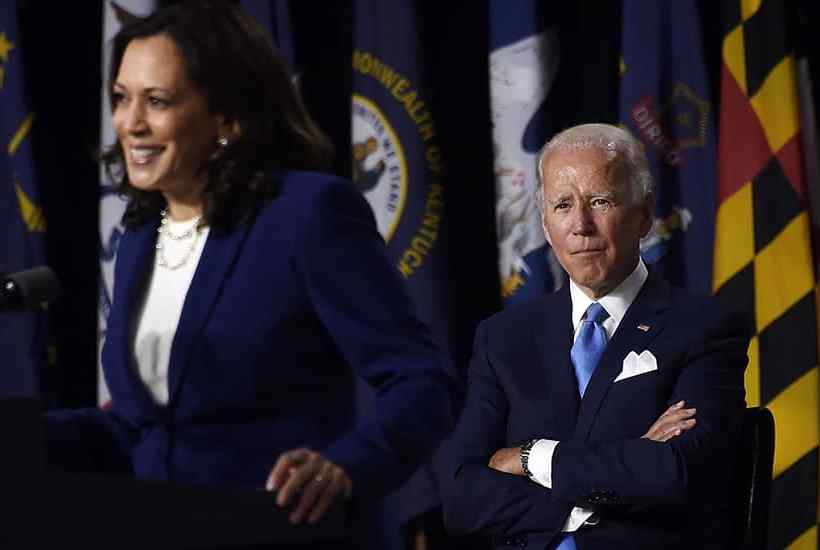
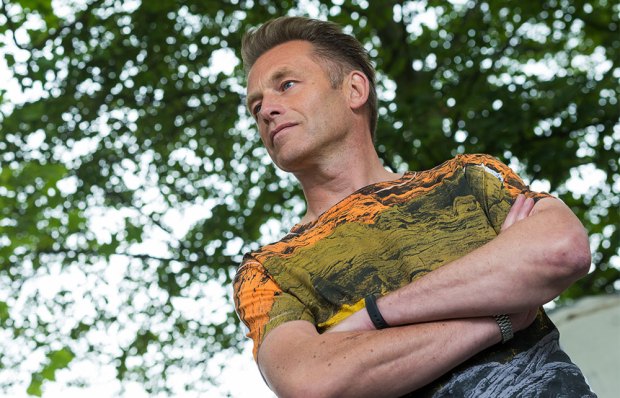

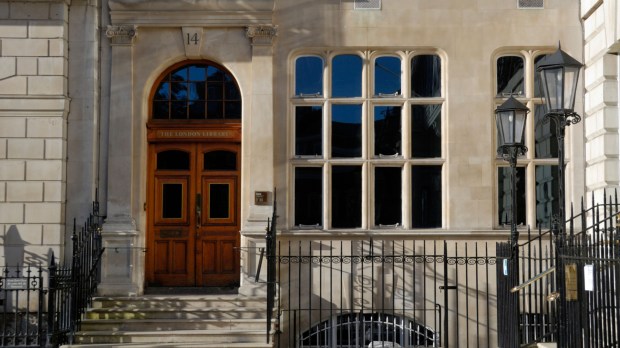
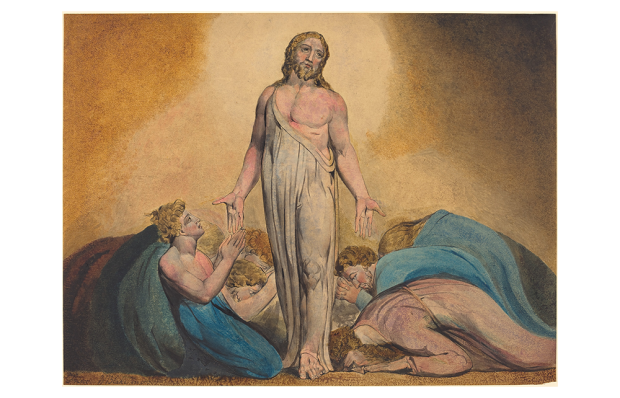
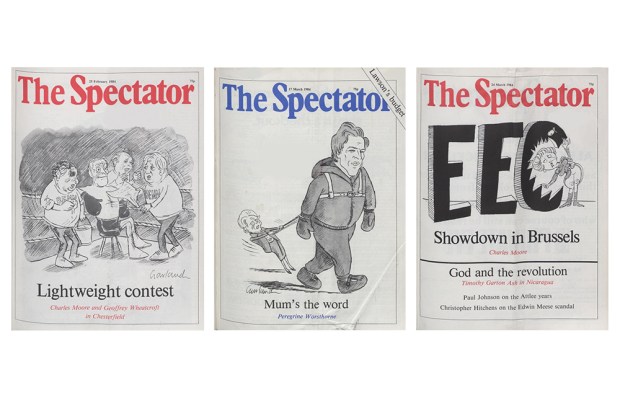
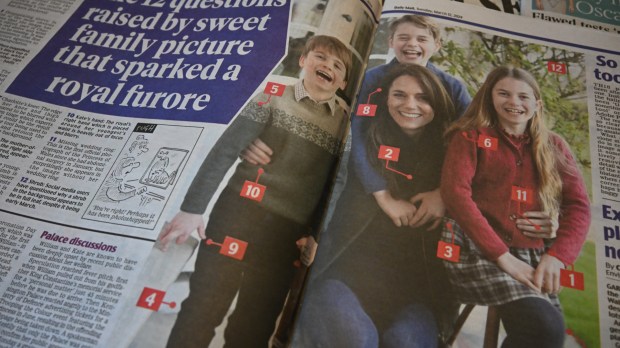






Comments
Don't miss out
Join the conversation with other Spectator Australia readers. Subscribe to leave a comment.
SUBSCRIBEAlready a subscriber? Log in